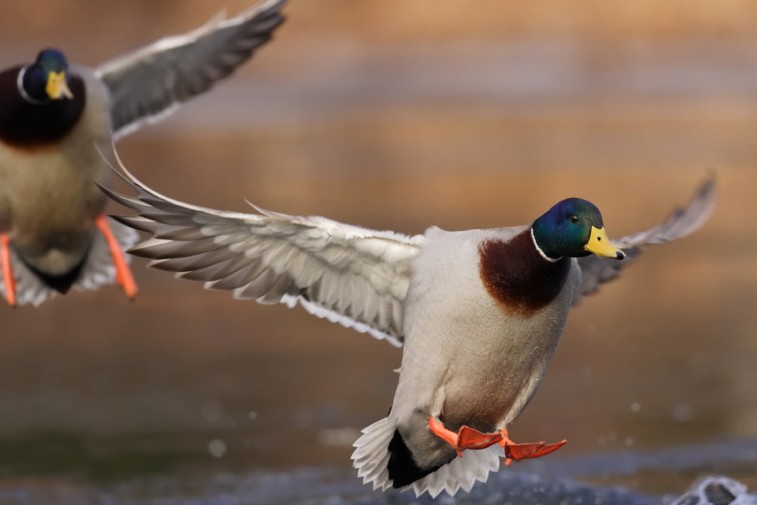Tips for Saskatchewan duck hunting
Advertisement
Best in: Saskatchewan
How does the idea of 500 mallards fighting their way into a one-acre pothole—all in the space of 20 minutes—sound to you? If you’re a duck hunter, the promise of that kind of action can’t help but get your attention. Believe me, such numbers are the rule, not the exception, in the Saskatchewan heartland every fall. Just head east or south out of Saskatoon and you’ll soon be travelling through some of the most productive waterfowl habitat in all of North America. And in this part of the country, the mallard is king.
Once you have completed your due diligence of spotting, it’s seldom a problem to obtain permission to hunt on private land—most grain farmers are only too happy to let you move the birds off their crops. You can set up for a field shoot or opt to hunt the big water, but for my money there’s no more sure thing than shooting over the small potholes that mallards prefer for their day roosts.
Advertisement
Limit hunts measured in minutes are not unusual; just sit back and watch as wave after wave of plump greenheads drop with reckless abandon at your feet.
Technique
Spotting is 75 per cent of a successful mallard hunt. Find the potholes or fields the birds are using, and you’re all but guaranteed a fine shoot.
In the potholes, bring one to two dozen floating decoys; for the grain fields, three to four dozen shell decoys are usually enough. Your blind options are many, but I’ve come to believe nothing surpasses the ease and effectiveness of low-profile coffin blinds.
Advertisement
Essential gear
Either a 20- or 12-gauge shotgun choked improved cylinder is ideal for decoy hunts. Select 2 2⁄3-inch or three-inch steel loads of #4 or #5.

